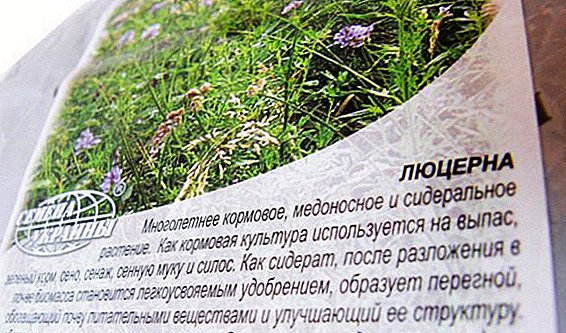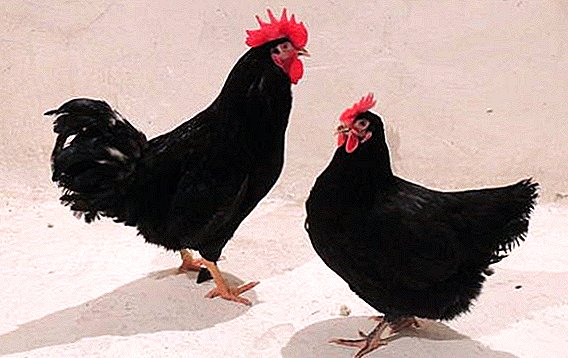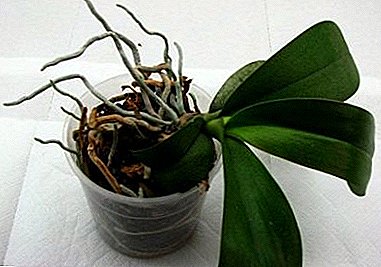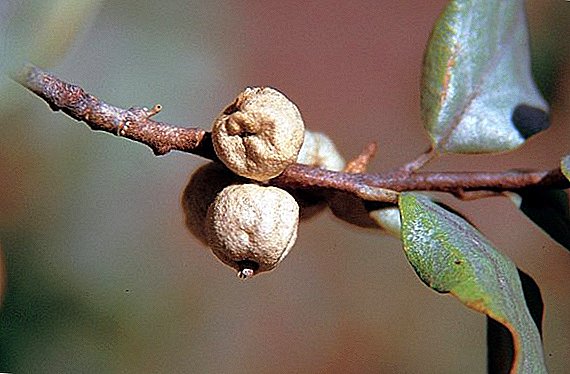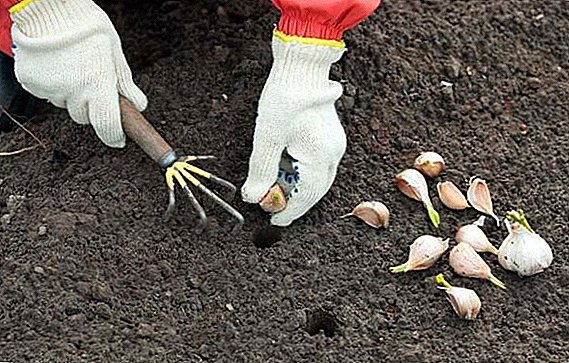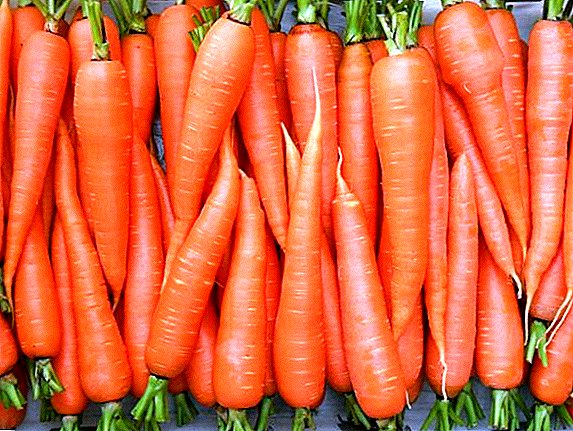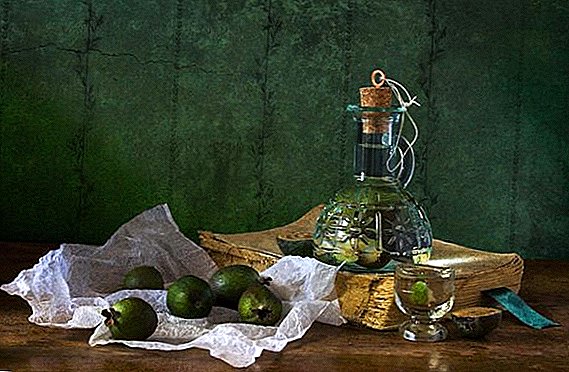
Among the countless representatives of the plant kingdom, there are those whose lineage is traced from the period of the development of the humid tropical forests of the Paleozoic.
Spreading in heated freshwater bodies, they became the organic basis of soil formation, thereby preparing the conditions for deciduous plants.
Among them are the remains of a large salvinia genus.
Why spore ferns are higher plants?
Having differences in morphology (perennial grasses, floating and tree species) and habitat (wet forests, water bodies), all paportnikovye have sporangia, in which male and female gametophytes mature.
Sporangia are formed directly on the body of the plant - stems, leaves, and collected in groups - sorus. The structural features of sorinas and sporangia in salvines are categorized as bisexual, higher spore plants.
With the scientific description, the genus of freely floating spore ferns got its name in honor of the Florentine scientist and botanist of the Enlightenment - Antonio Salvini.
Only one of them - “Salvinia natans” - Salvinia floating can be found in our Black Sea coast and in the Far East.
But the original plant in its vegetative manifestations Widespread in aquarium breeding and landscape design.
Nowadays there are very few tree ferns, and their height is ridiculous compared to prehistoric ancestors - no more than 15 meters. On the cut, the trunk of such a "tree" has no rings, and epiphytic ferns parasitize on its outer side. Therefore, even dying, the plant remains as a support for its smaller counterparts.
Kinds
All plants of this species are characterized by:
- the presence of 2 types of leaves - surface and underwater; underwater leaves, performing the function of the roots, nourish the plant and store nutrients;
- lack of root system;
- the main life cycle, which is the formation of sporangia;
- equatorial gametophyte and oboepolost;
- the presence of a stabilizing organ - keel (underwater outgrowth of loose tissue);
- multi-year life cycle, the exception is- “Salvinia natans” (Salvinia floating), the life cycle of which is updated every year.
Depending on the shape and size of the leaves, keel, region of origin, preferences in temperature and quality of the environment, the following species of this fern are distinguished:
Floating
Inhabitant of the subtropics and temperate zone of Eurasia. Fully developed at t◦ water from 23 ° C and pH 6-7.5; has 2 types of leaves (from 0.5 to 2.0 cm). The upper ones are green, the lower ones are brown, and the hairs on them help maintain buoyancy. The keel is formed along the central vein, turning into a scape. The peculiarity is that at the end of the vegetative cycle the plants die and new plants appear from the spores.
Photo subspecies Floating:
Eared
Homeland: The tropics of Africa and South America, the habitat is slightly mobile water from 25 ° C at pH 6-7.5. It has leaves from 2 to 5 cm, the edge of the leaf is raised, the upper part of the leaf is covered with papillae and hairs. Well formed keel, gives resistance to the plant. Features - sporocarp on branched stem. Grow together hairs affect the specific shape of the leaves.
Photos subspecies Eared:
Klobuchkovaya
The region of origin is Southeast Asia. Environmental conditions - t◦ water from 20 to 30◦С, pH5-8. The leaves are thin, funnel-shaped, form a bush up to 2 cm tall. Hairs provide non-wicking.
From air bubbles leaves silver. The keel is well formed, gives stability to the plant. Feature - the surface of the sheet is covered with papillae and hairs. Essentially purifies water, duckweed survives.
Photo subspecies Klobuchkovaya:
Spruce
Homeland: tropics and subtropics of America and Eurasia. Habitat - t◦ waters from 20 to 30◦С, pH 6-7,5. Leaves are funnel-shaped, hairs provide non-invasiveness. From air bubbles - silver. The keel is formed along the central vein, turning into a scape. Found in nature rarely.
Photo subspecies Spruce:
Oblong (elongated)
Homeland: Southeast Asia. Exists when t◦ water from 20 to 30◦С, pH 6-7,5.
The surface leaves are heart-shaped with notches at the apex, 2.5-4.5 cm long, which is 4 times the width. Thickness 0,5sm. Downy, underwater sheet up to 20cm. Kiel powerful, bloated. It has the most decorative.
Photo subspecies Oblong:
Small-leaved
Homeland: Southeast Asia. Fully developed at t◦ water from 20 to 30◦С, pH5-8. The leaves are small (up to 0.5 cm), rough, not waterproof; underwater - in the form of long threads. The keel is significantly smaller than other species. Exclusively aquarium purpose.
Photos subspecies Small-leaved:
Ruiza
Relic view. The prevalence of the number of microsporangia over megasporangia is characteristic, sometimes it occurs as an anomaly of the species.
Photos of subspecies Raise:
Home use
On the territory of a private house can be arranged garden aquarium - an artificial reservoir with transparent walls, elevated above the ground.Support can serve as a flower pot for the street. Salvinia in such a reservoir will be very appropriate: it will create shading for fish and other plants from direct sunlight.
The most unpretentious view - salvinia floating, but other species feel great in the aquarium under the following conditions:
- constant t◦ of water in the recommended range (from 20 to 30◦С) with a difference in the environment of -5◦С;
- chemical composition: acidity - pH5-8; stiffness -dH 4-15◦;
- sufficient illumination (1-3 W / liter), especially in the period of growth (spring-summer) using fluorescent or phytolamps;
- easy movement of water;
- the norm of air humidity (determined by the ratio of the surface area of the aquarium to the area of the room, which should be not more than 2%);
- no condensation on top;
- regular updating of water in the aquarium (weekly - up to a quarter of the volume).
 An aquarium with salvines does not have to be covered with glass, which can produce undesirable condensate. Floating plant itself protects the artificial water reservoir ecosystem from excessive evaporation of moisture.
An aquarium with salvines does not have to be covered with glass, which can produce undesirable condensate. Floating plant itself protects the artificial water reservoir ecosystem from excessive evaporation of moisture.
Breeding
Salvinia reproduces equally simply in two ways:
Disputes
In the process of sporulation, when, in the fall, leaves with sorus fall to the bottom for wintering, and in spring, male and female gametophytes break through, float, and as a result of fertilization form new plants.
Vegetative
Vegetative reproduction available year-round. Its algorithm consists in the awakening of nodular buds in the separation of a part of a plant from its parent stem.
Under natural conditions, a factor contributing to the vegetative reproduction of floating ferns may be the movement of birds or boats along the surface of a reservoir: in motion, they tear off plant fragments, creating prerequisites for the growth of new ones.
The value of plants for the ecosystem
Salvinia as aquarium flora
- aerates water and purifies it from nitrates and heavy metals;
- creates shelter for fry fish;
- provides protective shading for the inhabitants of the aquarium;
- serves as a place of "rest" for amphibians (tritons);
Use in landscape design
- enhances the decorativeness of artificial reservoirs;
- promotes water purification in shallow pools and ponds;
- well decorates the coastline of the reservoir.
Conclusion
The strong growth of this plant species, complicating the life of reservoirs observed only in hot climates.
In decorative basins, salvinia itself may suffer from a neighborhood with fresh concrete or gravel poured at the bottom: they increase the alkaline composition.
Free floating spore fern is an interesting plant for arranging an aquarium or a pond, but also a fascinating object for children's observations, because its whole life is accessible to visual perception.
Other indoor ferns include: Pelley, Pteris, Cirtomium, Asplenium, Adiantum, Davallia, Blehnum, Nephrolepis, Polypodium, Platicerium, Uzzhnik and Grozdnik.



